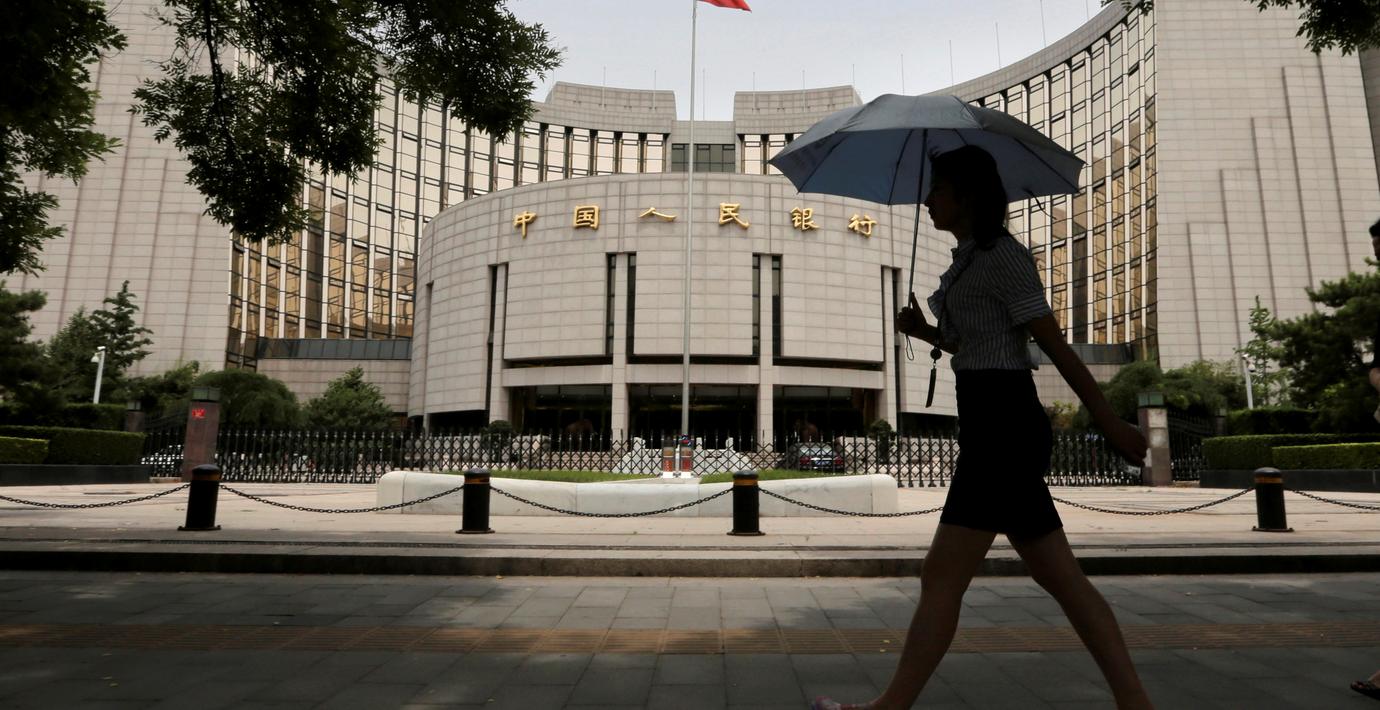bakgrund
Minsky-ögonblick
Wikipedia (en)
A Minsky moment is a sudden major collapse of asset values which is part of the credit cycle or business cycle. Such moments occur because long periods of prosperity and increasing value of investments lead to increasing speculation using borrowed money. The spiraling debt incurred in financing speculative investments leads to cash flow problems for investors. The cash generated by their assets is no longer sufficient to pay off the debt they took on to acquire them. Losses on such speculative assets prompt lenders to call in their loans. This is likely to lead to a collapse of asset values. Meanwhile, the over-indebted investors are forced to sell even their less-speculative positions to make good on their loans. However, at this point no counterparty can be found to bid at the high asking prices previously quoted. This starts a major sell-off, leading to a sudden and precipitous collapse in market-clearing asset prices, a sharp drop in market liquidity, and a severe demand for cash.
A more general meaning is to say that a "Minsky Cycle" features a series of Minsky Moments... in which a period of stability encourages risk taking, which leads to a period of instability, which causes more conservative and risk-averse (de-leveraging) behavior, until stability is restored, continuing the cycle. In this more general view, the Minsky Cycle may apply to a wide range of human activities, beyond investment economics.
The term was coined by Paul McCulley of PIMCO in 1998, to describe the 1998 Russian financial crisis, and was named after economist Dr. Hyman Minsky, who noted that bankers, traders, and other financiers periodically played the role of arsonists, setting the entire economy ablaze. Minsky opposed the deregulation that characterized the 1980s.
Some, such as McCulley, have dated the start of the financial crisis of 2007–2010 to a Minsky moment, and called the following crisis a "reverse Minsky journey"; McCulley dates the moment to August 2007, while others date the start to some months earlier or later, such as the June 2007 failure of two Bear Stearns funds.
The concept has some parallels with Austrian business cycle theory although Minsky himself was known as a Keynesian and is identified as a post-Keynesian—as is McCulley.
